Have you ever wondered how food cooks or warms in your microwave? We sure have! Heating food in the microwave can save time and energy. Cooking food on the stovetop or in the oven can be tedious and time-consuming. Popping something in the microwave enables you to do something else that requires your attention while at the same time cooking your food! We've done all the research for you in the following article on whether or not microwaves cook from the inside out.
It's a simple answer: no. Microwaves do not cook from the inside out. They actually cook from the outside in!
Be sure to keep reading below for more microwaving tips and answers to all your microwave-related questions!

How Do Microwaves Cook Your Food?
Microwaves are pretty simple devices. The core components used in a microwave area a magnetron and a high voltage device. The magnetron is what creates short waves called microwaves to heat up what you put in it. These microwaves bounce around the inside of your microwave oven and, in turn, heats your food.
If a microwave would cook from the inside out, then you wouldn't have the dreaded 'still cold in the middle' TV dinner! When microwaving things, the instructions say specifically to let the item sit in the microwave for a few minutes so that the outside won't be scalding hot and the inside won't be cold. The scalding outside helps to heat the still-cold middle.
Is It Safe To Eat Food Straight Out Of The Microwave?
Yes! It is safe to eat food straight out of your microwave, given it's not too hot to eat! Microwaves do not linger in food. Your microwave stops producing waves as soon as it stops. Microwaves do not alter the structure of molecules or atoms directly, which happens in ionizing radiation (the same as for x-rays and UV rays!) There's nothing to worry about if you eat your food right out of the microwave.
Do Microwaves Kill Nutrients In Food?
Yet another false myth. Microwaves do not lower the nutritional value of foods cooked in them. It has been proven that when you cook vegetables in general, there are some nutrients lost. However, the most nutrients are lost when you cook vegetables at a high temperature for a long time and with a lot of water. Veggies are both heat intolerant and water-soluble. By that logic, boiling veggies pose the most threat to your vegetable's nutrients, and microwaving them poses the least danger!
But where did that myth come from anyway? In 2003 a study out of Spain claimed that steaming broccoli in the microwave made it lose 97 percent of its antioxidants, while cooking them stovetop style only made them lose 11 percent. It was later proven that the study used way too much water in the microwave and skewed the results. So if you prefer to cook your veggies microwave-style, keep on steaming!
When Do You Cover Food When Cooking In A Microwave?

While it's not necessary to cover food in your microwave, it is recommended if you don't want to clean up splattered food every time you use it. Also, microwaving something while in an air-tight container is a big no-no. If you keep the lid closed, it could easily become impossible to open, and you don't get lunch.
There are several options you can use to cover your food while it rotates in the microwave. You could use a container top positioned just over the opening, a paper towel, or you could buy a special microwave cover to place over your food. They're commonly domed shaped or flat to fit over your dish.
Check out this collapsible microwave cover from Amazon!
What Can You Not Put In The Microwave?
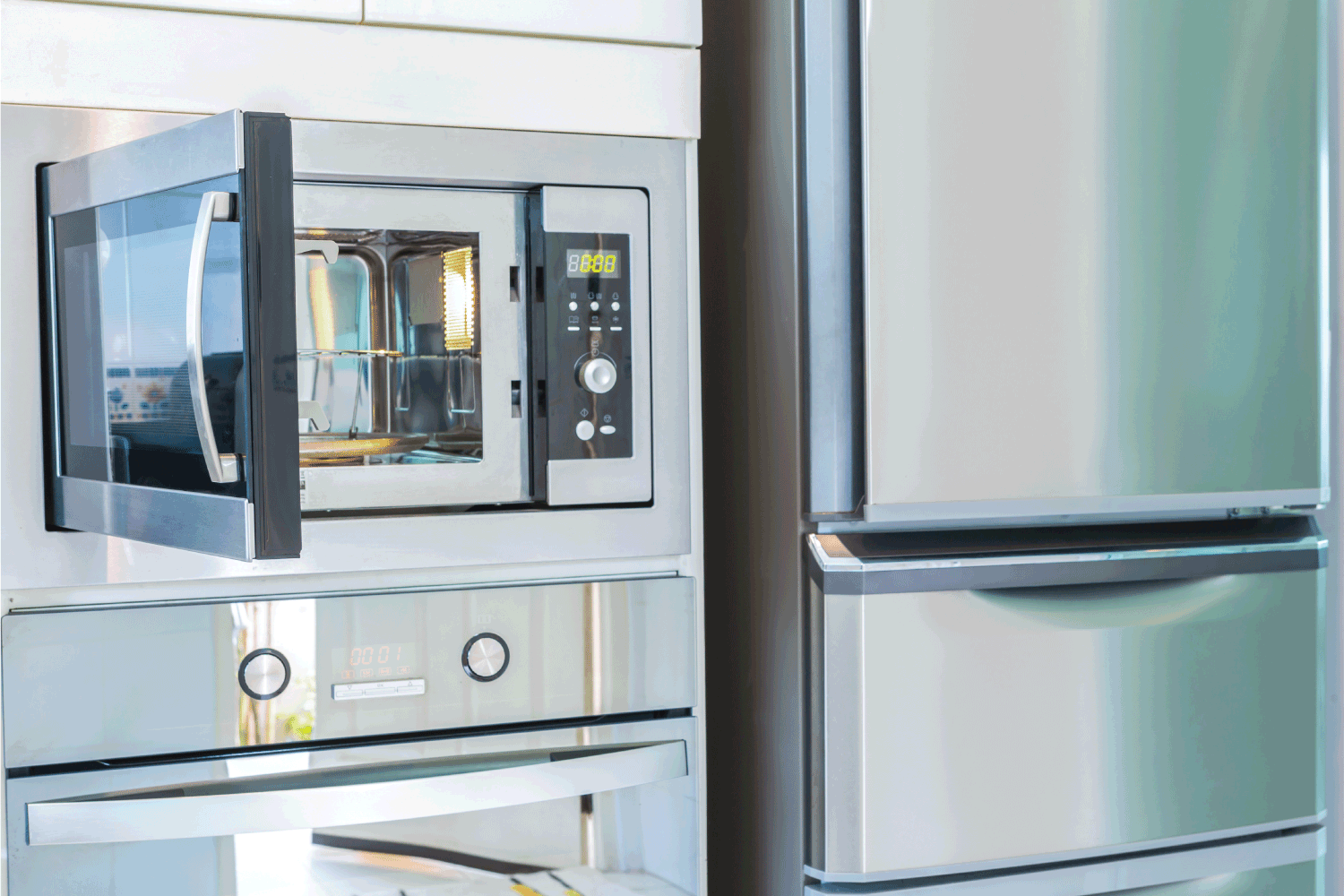
Read below for a list of 11 things you should never put in your microwave!
1. Aluminum Foil
While it might be interesting to see some fireworks in your microwave, things can quickly go awry. The inside of a microwave is just a metal box. The foil is also metal, so it heats up very quickly and ignites. Fire is a good way to destroy a microwave.
2. Paper Bags
Ordinary paper bags like the ones you use at the supermarket can easily catch fire in your microwave and release toxins or fumes. Bags like the ones that you can cook popcorn in are different. Those bags are equipped with special susceptors to consume the radio waves produced inside the microwave.
3. Plastic Bags or Other Plastics
It's safe to say that plastic bags should never go in the microwave. When plastic is heated, it releases an organic compound called BPA. BPA is harmful to humans and can mess with your body if ingested. So the next time you go food container shopping, make sure they're either glass or BPA-free.
4. Travel Mugs
Travel mugs are typically made out of plastic or steel, two already on this list. If they are plastic, make sure they say microwave safe otherwise, you might end up with a melted mug and liquid all over your microwave.
5. Any Clothing
This one might seem obvious, but trust us, people have tried to dry their clothes in the microwave.
6. Hard-Boiled Eggs
If you try to hard boil an egg in the microwave, you'll end up with an egg exploded on the inside of it. Steam rises in the egg very quickly and suddenly, boom!
7. Hot Peppers
Microwaving hot peppers generate the chance of causing sparks to fly and spicy chemicals to be released when you open the microwave. This process is similar to pepper spray, so avoid it when you can.
8. Styrofoam
Most styrofoam containers do not belong in the microwave. Styrofoam is made of polystyrene and, when heated, may begin to melt and contaminate your food. However, some may be used in the microwave but be sure to read the packaging.
9. Lidless Containers
Unless you want to clean up your lunch from the walls of the microwave, we suggest covering your food before heating it.
10. Chinese Takeout Boxes
Takeout boxes often have a metal bar on them, so be sure not to reheat your leftovers in them to avoid a fireworks show!
11. Nothing At All
Turning your microwave on with nothing inside it is a good way to ruin your appliance. The waves inside have to have somewhere to go. If there's nothing inside, the waves have no choice but to bounce off each other and are absorbed by the microwave itself, causing it to combust.
Keep It Simple
When using your microwave, remember to keep things simple. Cover your food, don't insert metal into it or clothes! They don't produce dangerous levels of radiation or make your food more unhealthy. We hope this article has put your microwave worries to rest, so check out some other appliance-related posts by us!
Can You Microwave Ziploc Bags?
Can a Toaster Oven Replace A Microwave?


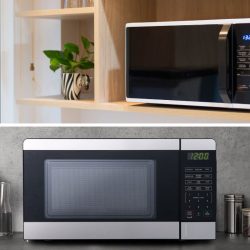
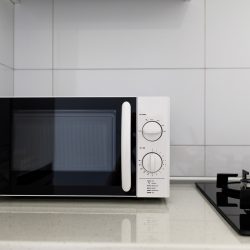
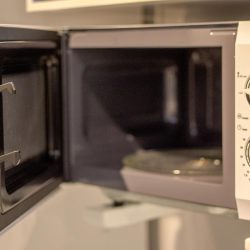
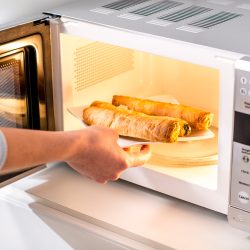
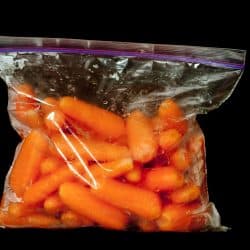

Great information for the seasoned and unseasoned cooking community. Thank you so much for sharing this great blog with us.